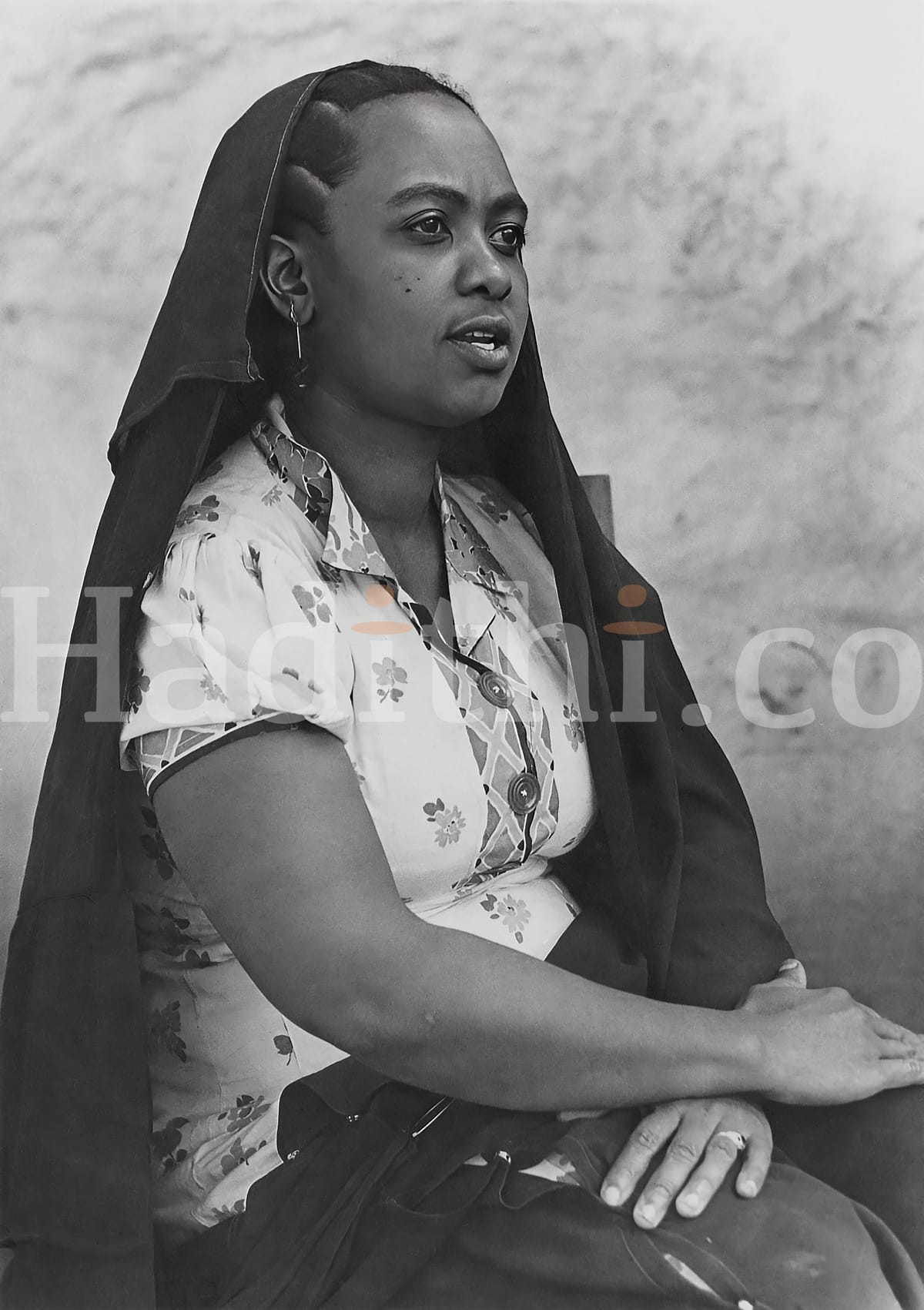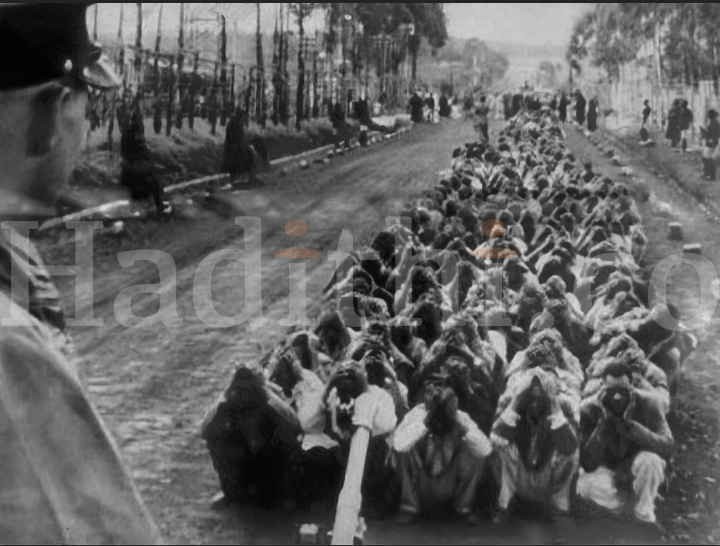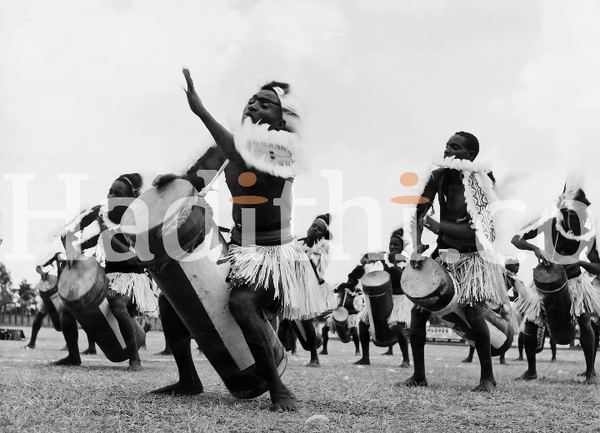The Swahili Woman and the Bubui
Discover the rich cultural heritage of the Swahili people and the significance of the buibui, a garment that embodies identity and modesty. How do Swahili women like Oumwani navigate tradition and modernity in today’s world? Explore their stories and the challenges they face.

The Swahili people, primarily located along the East African coast, have a rich cultural heritage influenced by various civilizations over centuries, including Arab, Persian, Indian, and African traditions. Among the notable aspects of Swahili culture is the attire of Swahili women, particularly the buibui (or bubui), a garment that symbolizes not only fashion but also cultural identity, modesty, and social status.
Who is Oumwani?
Oumwani's picture above represents a typical Swahili woman from Nairobi, embodying a blend of traditional and modern influences. Her buibui, a long, flowing garment covering her body from head to toe, serves as both a personal expression and a cultural emblem. Oumwani’s life illustrates the everyday realities and complexities Swahili women face today.
The Bubui Description and Variations
The buibui is a loose-fitting, often black garment that covers the entire body, leaving only the face visible. It is worn over other clothing, typically paired with a hijab or scarf that covers the head. While black is the most common color, variations exist, including colorful patterns and fabrics that reflect personal style and social status.
Should the Bubui Be Worn Exclusively by Muslim Women?
While the buibui is commonly associated with Muslim women due to its alignment with Islamic principles of modesty, it is not exclusively for them. Here are a few points to consider:
- Cultural Context: The buibui is deeply rooted in Swahili culture, which is influenced by both Islamic and African traditions. Thus, wearing it can be a cultural choice rather than strictly a religious one.
- Inclusivity: Non-Muslim women may also wear the buibui as a way to honor Swahili heritage or participate in cultural practices. This reflects the garment's status as a cultural symbol beyond religious affiliations.
- Personal Choice: The decision to wear a buibui should be based on individual preference and comfort rather than solely on religious identity.
Features of the Bubui
Key Features of the Bubui:
- Modesty: The buibui adheres to Islamic principles of modesty, reflecting the importance of privacy and sanctity in Swahili culture.
- Cultural Identity: Wearing the buibui is a statement of cultural pride, connecting women to their Swahili heritage.
- Social Status: The fabric and design of the buibui can indicate a woman’s social status, with more elaborate designs signifying higher status.
1. Design and Structure
The buibui is characterized by its loose-fitting design, which provides comfort and modesty. Key aspects include:
- Length and Coverage: Typically reaching the ankles or floor, the buibui covers the body completely, leaving only the hands and face visible. This full coverage aligns with cultural norms of modesty.
- Fabric Choices: Common fabrics include cotton and silk, which are breathable and suitable for the warm coastal climate. The choice of fabric often reflects personal style and economic status.
- Color Variations: While black is the most traditional color, many women choose vibrant colors and patterns, especially for special occasions. This allows for personal expression while adhering to cultural norms.
2. Accessories and Complementary Attire
The buibui is often worn with various accessories that enhance its significance:
- Hijab or Scarf: Usually, a hijab accompanies the buibui, covering the head and neck. This adds an additional layer of modesty and can be styled in numerous ways.
- Jewelry: Many women wear minimal jewelry, such as earrings or bracelets, which can be visible when hands are uncovered. This reflects personal taste while maintaining a modest appearance.
3. Symbolism and Identity
The buibui serves as a powerful symbol of cultural identity:
- Cultural Pride: Wearing the buibui is an assertion of Swahili heritage, linking women to their ancestors and cultural practices.
- Islamic Faith: For many, it is a visible expression of their faith, embodying the principles of modesty and humility emphasized in Islam.
Significance of the Bubui
The buibui goes beyond mere clothing; it carries deep cultural and social significance.
1. Cultural Heritage
The buibui is a symbol of Swahili identity, rooted in the historical interactions between African and Arab cultures. It represents the synthesis of these diverse influences, showcasing the unique identity of the Swahili people.
2. Religious Significance
For many Swahili women, wearing the buibui is an expression of their Islamic faith. It embodies the values of modesty and humility, aligning with the teachings of Islam regarding women’s attire.
3. Social and Economic Factors
The buibui can also reflect the socioeconomic status of a woman. Wealthier families may choose more elaborate designs and higher-quality fabrics, while simpler versions are accessible to broader populations.
4. Empowerment and Resistance
In contemporary society, the buibui has become a symbol of empowerment among Swahili women. By choosing to wear it, they assert their right to express their cultural and religious identity in the face of globalization and modernity, which often impose Western standards of beauty and dress.
Challenges Faced by Swahili Women
1. Societal Expectations and Gender Roles
Swahili women often face rigid societal expectations that can limit their opportunities:
- Education and Employment: Traditional gender roles may discourage women from pursuing higher education or careers, as they are often expected to prioritize family responsibilities.
- Cultural Pressures: There can be pressure to conform to specific norms regarding attire, behavior, and roles within the household, which may restrict personal freedom and aspirations.
2. Modernization and Globalization
The influence of global culture presents both opportunities and challenges:
- Western Standards of Beauty: The rise of Western fashion trends can create conflict for women who wish to maintain traditional dress. The buibui may be viewed as outdated or less desirable, leading to internal and external pressures to conform to global norms.
- Economic Disparities: Globalization can widen the gap between those who can afford modern clothing and those who cannot, leading to a sense of inadequacy among women who continue to wear traditional attire.
3. Gender Inequality
Gender inequality remains a significant barrier for Swahili women:
- Legal and Social Discrimination: Women often face discriminatory practices in both legal and social contexts, impacting their rights to inheritance, property ownership, and decision-making.
- Violence and Harassment: Many women report experiences of gender-based violence, which can be exacerbated by societal expectations regarding their behavior and attire.
4. Cultural Preservation vs. Modern Identity
Swahili women are at the forefront of a cultural dialogue:
- Balancing Tradition and Modernity: Women like Oumwani navigate the complexities of preserving their cultural identity while adapting to modern influences. This balance can be challenging, as they often face criticism from both traditionalists and modernists.
Conclusion
The buibui worn by Swahili women like Oumwani in Nairobi is a profound symbol of cultural identity, modesty, and resilience. It encapsulates the rich heritage of the Swahili people while reflecting the complexities and challenges faced by women in a changing world. As they navigate the balance between tradition and modernity, Swahili women continue to redefine their roles, asserting their place in both their communities and the broader society. The buibui remains a powerful emblem of this ongoing journey.




